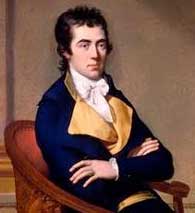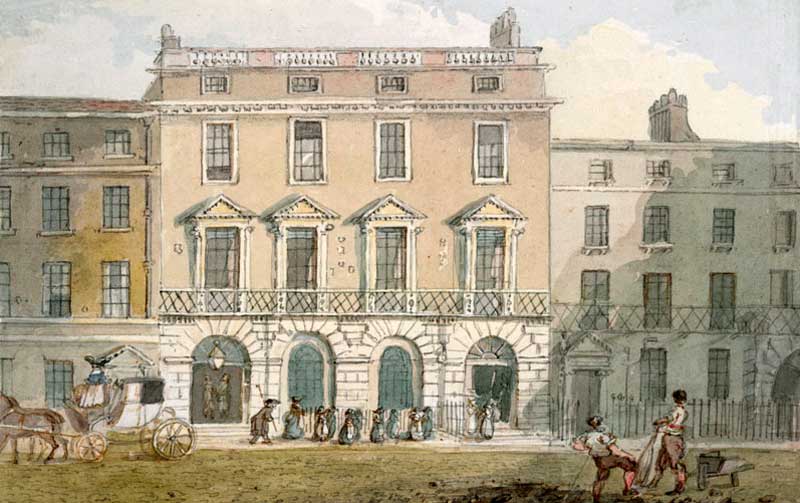By Jeannie Campbell MBE

In early 1851 members of the Highland Society of London met in the Freemasons’ Tavern in Great Queen Street to discuss the annual Scottish Fête at Holland Park. The previous gatherings had lost money and there were calls to reform the Society. A committee was nominated to draw up a series of new rules for the society, and a Finance Committee appointed. The games would go ahead that year.
One newspaper report stated: “It is expected that the forthcoming fete will be the greatest of the kind which has yet taken place, and that it will in every way be worthy of the Scottish character. To the thousands of foreigners now in London to say nothing of the myriads of Englishmen who have never witnessed the national games of Scotland, the occasion must possess irresistible attractions. The fête comes off under the special patronage of the Queen and Royal Family, and is expected, for the two days on which it is held, to throw the World’s Exhibition into the shade.”
However, the fête was not the success it had been hoped. Storms of rain and thunder commenced soon after the opening of the fete, and continued throughout the day. The result was the ground was so wet and slippery, that the different competitors in dancing, broadsword exercise, leaping etc., lost their footing. The attendance was only about a quarter compared to the previous year and Queen Victoria did not attend.
It had been intended to add old English pastimes of Morris dancing and Maypole dancing but these were postponed until the following day. There were some attempts at the foursome reel and other dances on the platform but the surface was so slippery that several performers fell and the dancing had to be abandoned. Events which did take place included a bout with quarter staffs, described as an old English game, wrestling and a footrace. The caber was attempted but the slippery conditions made it impossible so it too had to be postponed. Lord Holland entertained some of the distinguished guests in his residence and in consideration of the weather granted the use of his park for a third day so the entertainments could be extended to Saturday.
The rain held off on the second day and some of the sports events took place. One newspaper report stated: “The bagpipe of course afforded the music for the last mentioned performances, and we may mention that, either to the credit of the artists, or to the alterations and improvements which in these ingenious days may be making to the instrument, we have rarely heard bagpipes played less out of tune, or at a distance – a considerable distance- sound more tolerably.’
There was no mention of a piping contest so perhaps this had been abandoned due to the weather.
Repetitions of the fête were not so successful despite the spirited exertions of the members of the Scottish Society and of the Hanover Park Club who had made strenuous endeavours to produce a more varied entertainment. For 1852, the committee had included more old English sports and other amusements calculated to attract the popular appetite. It would appear that there was no piping contest that year. Substantial sums were raised for Scottish charities in London.
The annual gathering did not take place in 1853 but instead a two-day took place at Cremorne Gardens – the popular pleasure gardens by the side of the River Thames in Chelsea – under the patronage of the Highland Society. There were no reports of a fête in 1854, although a Grand Scottish Fête was to be held in Paris. No competitions for piping were advertised but four of the best pipers in Scotland would be invited to go. The organiser, who styled himself Professor Anderson, was a stage magician who was known as the Great Scottish Necromancer or Wizard of the North. Although widely advertised in the newspapers no reports of the event have been found.





